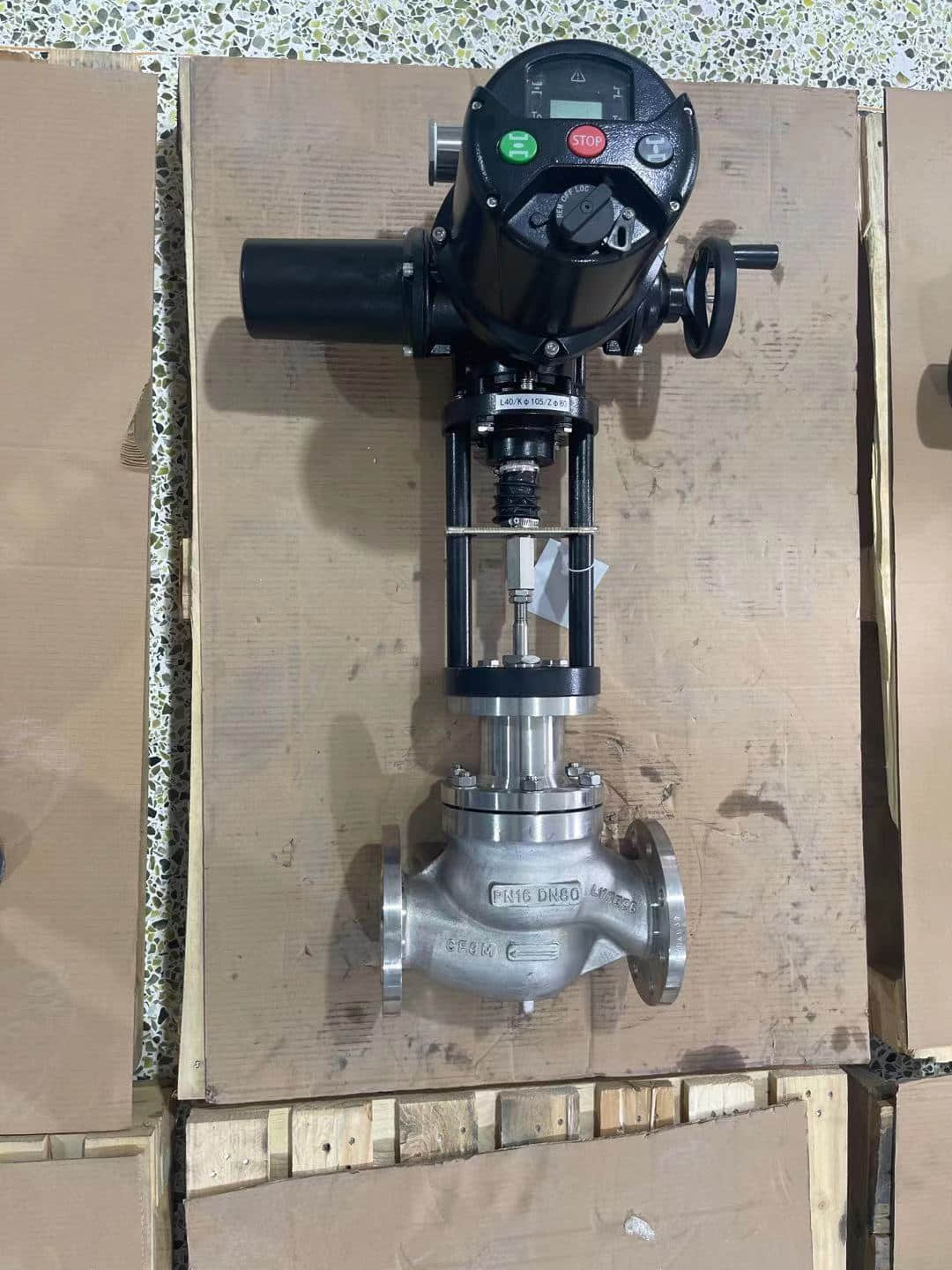exploring the electric two-seat regulating valve: functionality and applications
Release time:2024-12-19 22:57:46
The Electric Two-Seat Regulating Valve is an essential component in many industrial processes, particularly those requiring precise flow control of liquids and gases. These valves are designed to regulate fluid flow by adjusting the openings based on the desired set point, ensuring optimal performance and efficiency in various systems. This article will delve into the functionality, advantages, and applications of Electric Two-Seat Regulating Valves, shedding light on their significance in modern engineering.

Functionality of Electric Two-Seat Regulating Valves The Electric Two-Seat Regulating Valve operates through a dual-seat design, which allows for enhanced control and stability in flow regulation. Unlike traditional valves, the two-seat configuration provides a more uniform flow profile and better throttling characteristics. This design feature minimizes turbulence and pressure drop, contributing to overall system efficiency.
The valve is actuated electronically, which means it receives signals from a control system, typically a programmable logic controller (PLC) or a distributed control system (DCS). Based on these signals, the valve adjusts its position—either partially or fully—to regulate the flow rate. The precise control offered by electric actuation results in optimal performance and responsiveness to changing process conditions.

